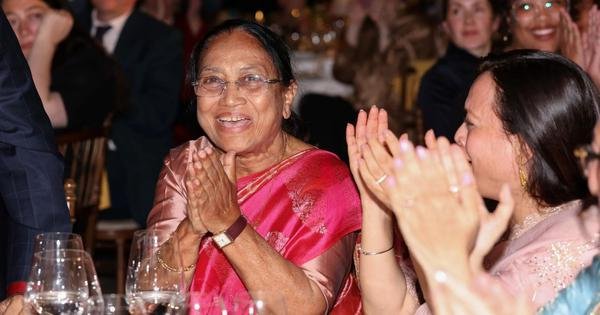Exploring Banu Mushtaq’s Heart Lamp: A Booker Prize Winner
Discovering the Award-Winning Collection
Banu Mushtaq’s Heart Lamp is a remarkable collection of short stories. It has won the prestigious International Booker Prize. The book introduces us to a wide range of characters and objects. You’ll meet harsh husbands, self-serving officials, loving children, and women from all walks of life. These women are portrayed as strong, demanding, mysterious, and sometimes suffering.
As noted by Kate McLoughlin in the Times Literary Supplement, Mushtaq’s literary world is filled with vivid characters and intense emotions. “Here are wicked in-laws, bedazzled officials, revered mother figures,” she writes. In this world, “feuds fester until families are left rancid” and “the gossip is radioactive.”
The Mango Tree: A Symbol of Everyday Life
One of the most striking elements in Mushtaq’s stories is a mango tree. It appears in the story “High-Heeled Shoe.” This tree symbolizes the quiet brutality of everyday life, especially for Muslim women in Karnataka. The tree, a cornerstone of Nayaz Khan’s childhood memories, is eventually cut down. This leads to a breakdown in family communication and relationships.
Reading from Bangalore: A Personal Journey
The celebration following Mushtaq’s win has led to a surge in demand for her books. Local bookstores like Bookworm in Bangalore have had to restock her Kannada collections repeatedly.
When I told my mother about Mushtaq’s win, she was intrigued. She recalled hearing about Mushtaq from her hometown, Hassan. My mother, an occasional reader of Kannada fiction, remembered a girl named Banu who was quite outspoken and well-known in Hassan.
My mother recently started reading Kannada stories on the Pratilipi website. After I ordered the Kannada collection of Mushtaq’s stories, my mother initially refused to read them. However, her curiosity was piqued, and she has started reading the book.
Tragedy and Women’s Experiences
Tragedy is a dominant theme in Mushtaq’s work. Stories like “Stone Slabs for Shaista Mahal” and “Black Cobras” depict the struggles and injustices faced by women. These stories have been adapted into movies, such as Hasina, which won several National Film Awards.
Mushtaq’s work is notable for its code-switching between multiple languages. This reflects the linguistic diversity of Karnataka. It is evident in stories like “A Day at the Hospital,” which captures social disparities and linguistic variations in everyday encounters.
Women and Rebellion
Mushtaq’s characters often serve as ethical custodians. They impart knowledge and advocate for the rights of underprivileged women. Her work is part of the Bandaya and Dalita Sahitya movements. These movements challenged the dominant literary narratives in Karnataka.
Mushtaq’s literary expression is significant as a Muslim Bandaya writer. Her work critiques religious orthodoxy and patriarchal norms within Muslim communities. She advocates for women’s rights and internal reform.
After the Prize: Reception and Translation
The reception of Mushtaq’s work after winning the International Booker Prize has been fascinating. The collection has been praised for its powerful narratives and multilingual ethno-religious spaces. However, some critics have found the stories monotonous and predictable.
The translation of Mushtaq’s work has sparked discussions about authenticity and exoticism. Despite these debates, the translation has been praised for its ability to “ruffle language to create new textures in a plurality of Englishes.”
As a scholar of English and Kannada literature, I am curious about how Kannada literature travels in translation. The discourse around Mushtaq’s work highlights the complex cultural and linguistic landscape of Karnataka. It embodies various forms of “rooted cosmopolitanism.”



